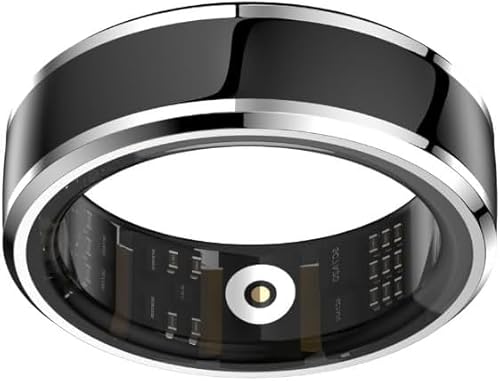3). I've seen the data, but what has your cardio told you about the efficacy/accuracy of catheterization as compared to CT, in terms of: coronary blockage, aortic stenosis, and aortic dilatation?
I'm answering my own question in case it may be helpful for others.
Clearly, there are very different ways of doing things regarding surgery, hospitals, in different countries, testing, etc. That's why they call medicine an art, even though guided by science.
Our cardiologist last November said hubby would need a CT angio in preparation for surgery next year (2023). In May he said the waitlist for CCTA now is 1 year, and the waiting list for CT catheterization is 8 weeks. As someone above mentioned, catheterization is the gold standard.
Because hubby is extremely healthy (except for a horrendously calcified AV) and with the cholesterol and BP readings of a teenager, the incidental findings of coronary artery disease on any type of angio would be less likely, we're hoping. And as you all know, prior to OHS, some type of angio is standard protocol in case bypass surgery is necessary.
We have opted to go to a private clinic which costs $2200 to do the less invasive CCTA if we can make the flights work out, which can be done in 2 - 3 weeks time.
Our cardio said that if the CCTA was abnormal, hubby would have to do the gold standard angio anyway.
The reason I asked this question, is because my girlfriend in New York, her husband just had OHS for a benign atrial myxoma and they did his CCTA the day before his surgery. I thought, gee, those docs in NY sure have a lot of confidence in their CCTA testing, because our cardio wants the gold standard done if the CCTA is abnormal.
Anyway, I don't know if this helps anyone, especially those in Canada, but there are sure a lot of different approaches in medicine. It's an art, to be sure.





















